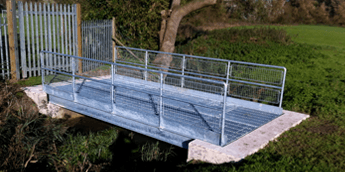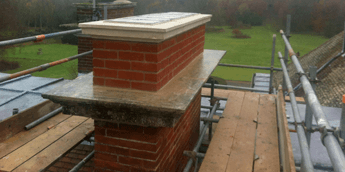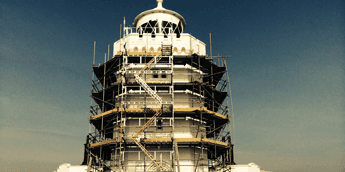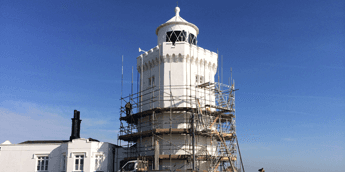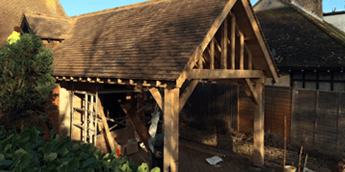
Gallery
We undertake all aspects of building work throughout East Kent.
Phone us Today:
01227 261 472
-
Junior Kings School, Sturry.
New bridge for tractors -
Junior Kings School, Sturry.
New bridge for tractors -
Large Manor House, Wye.
Chimney repairs & new stone capping -
National Trust South Foreland Lighthouse, Dover.
External re-decorations -
National Trust South Foreland Lighthouse, Dover.
External re-decorations -
New Oak framed garage extension with all the structural timbers from European Green Oak. All made on site with mortice and tenon joints.
-
New Oak framed garage extension with all the structural timbers from European Green Oak. All made on site with mortice and tenon joints.
-
New Oak framed garage extension with all the structural timbers from European Green Oak. All made on site with mortice and tenon joints.
About South Foreland Lighthouse
A landmark of the White Cliffs, the Victorian South Foreland Lighthouse was built to warn mariners of shifting sands and guide them through the Strait of Dover. A place of innovation and science, the lighthouse was the first to display an electric light anywhere in the world.
www.nationaltrust.org.uk/south-foreland-lighthouse
Top 10 facts about South Foreland Lighthouse
- South Foreland Lighthouse was built in 1793.
- The lighthouse is geographically the closest point in the UK to France, at just 21.5 metres away, you can even see Calais' town hall clock (though you might need binoculars to read the time).
- It still has the original Victorian mechanism - one of the reasons it was saved by the National Trust. It uses weights to wind up the system that controls the circular movement of the light (the same principle as a grandfather clock).
- The mechanism in the lighthouse dates from 1890, but was moved to South Foreland Lighthouse in 1904.
- The lighthouse was the first in the world to shine an electric light.
- The light is no longer used, although it was lit to mark the Queens Jubilee in 2012. The range of the light, when on, is 40 miles.
- South Foreland Lighthouse has an important history of radio. Marconi sent and received the first ship to shore transmission in 1898 and the first international radio transmission was sent from the lighthouse in 1899.
- The Keepers from the lighthouse were the longest generation of lighthouse keepers anywhere in the world. The Knott family consisted of five generations of lighthouse keepers.
- Mrs Knott's Tea Room, in the former lighthouse keeper's cottage, is arguably the most photographed tea room in the National Trust.
- South Foreland Lighthouse, situated on the White Cliffs of Dover, is the first place in the UK to see the sunrise in winter.

